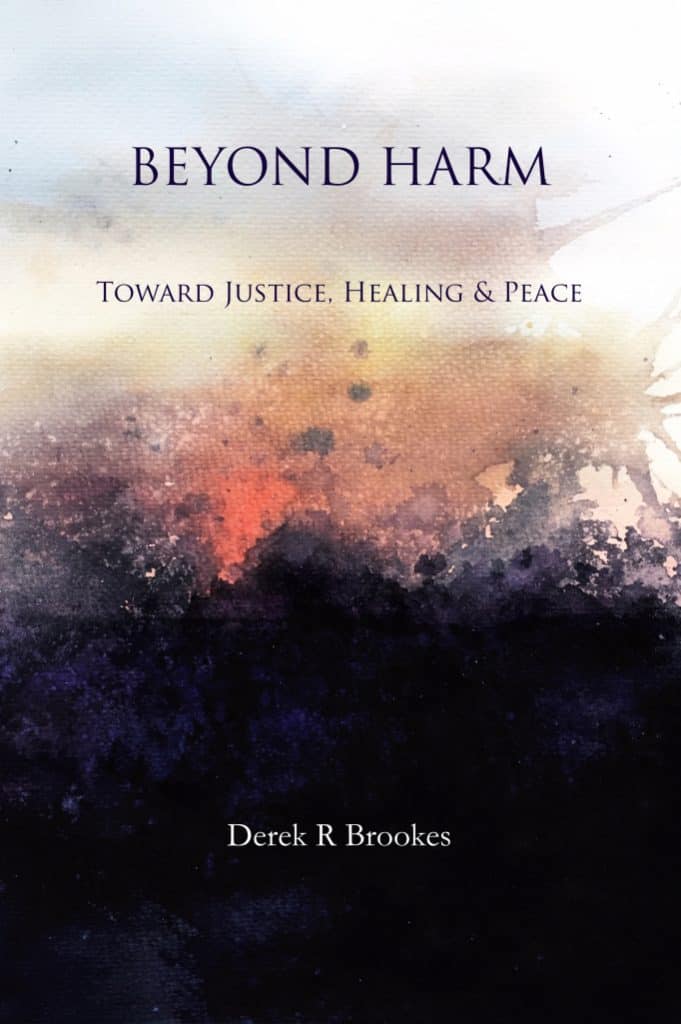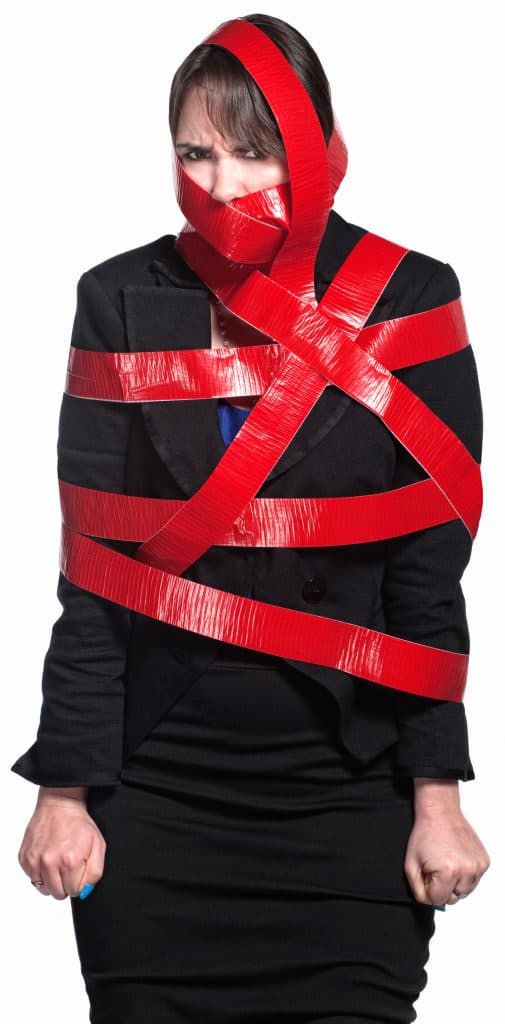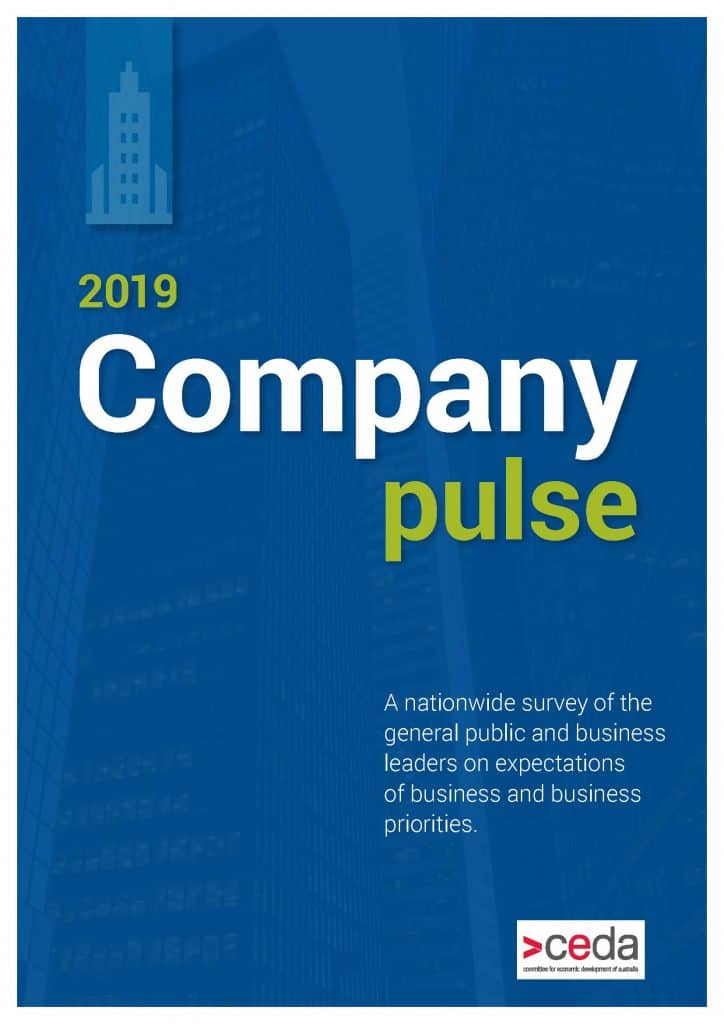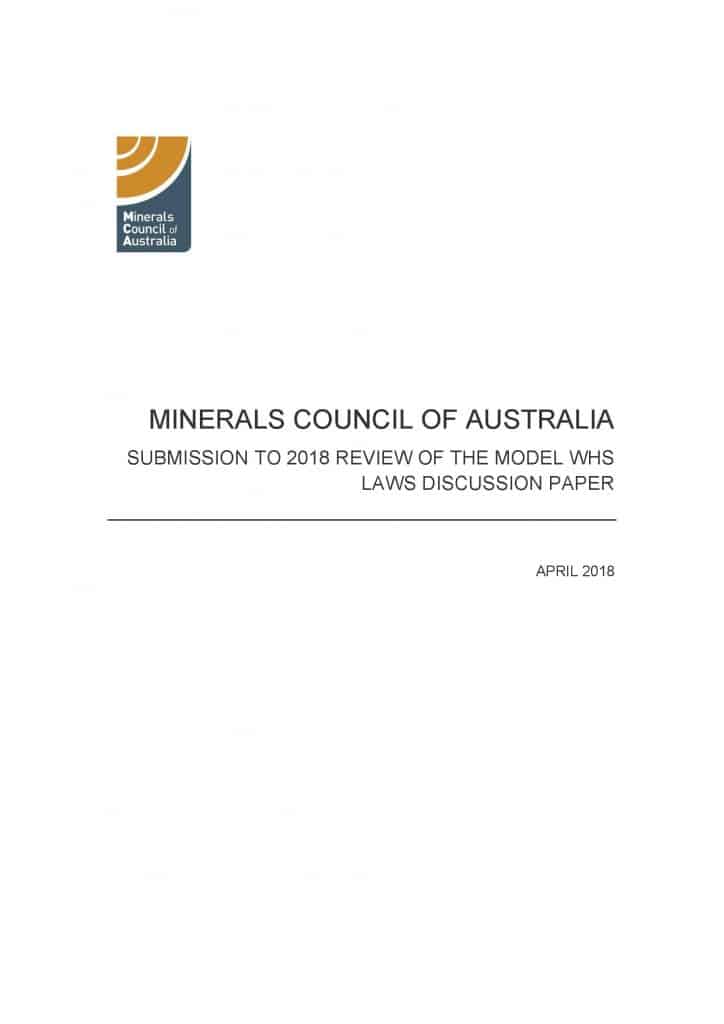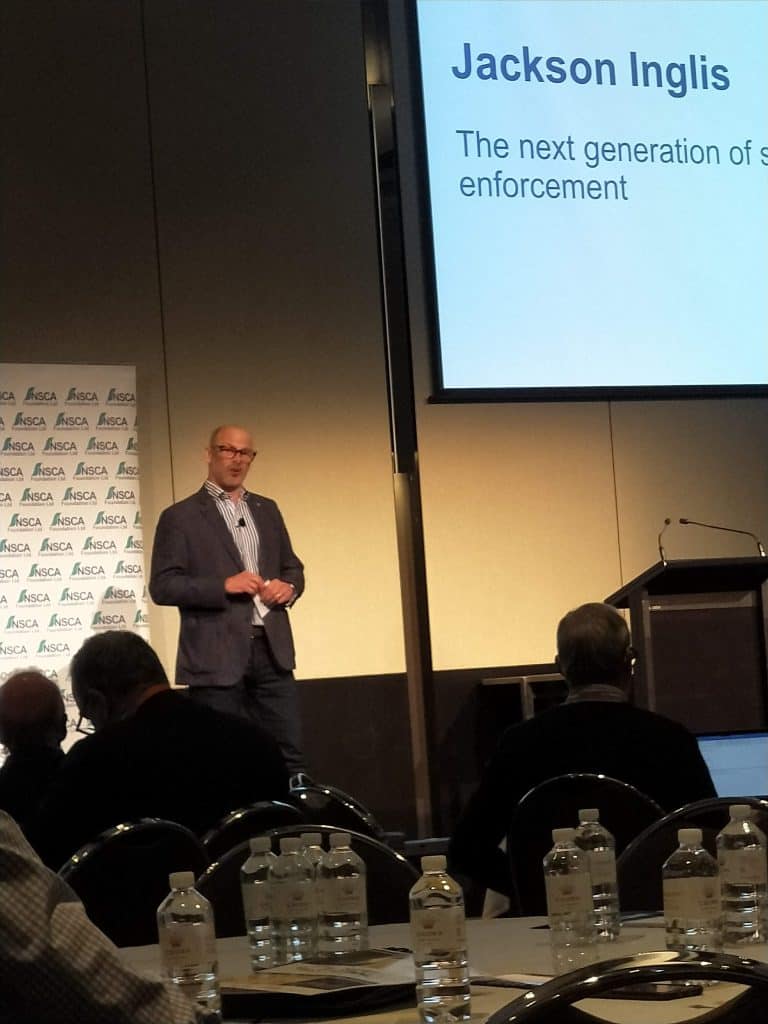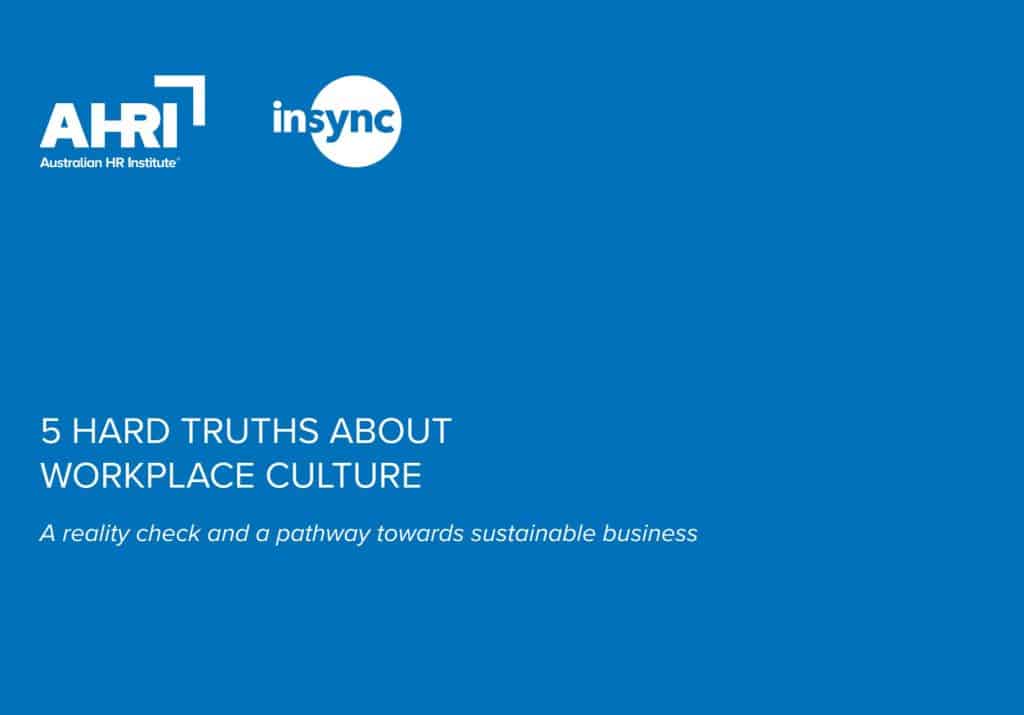
Professions often learn more from those in other professions that they do from their own. As such SafetyAtWorkBlog looks in lots of places for insights that may help the occupational health and safety (OHS) profession.
Recently the Australian Human Resource Institute published a discussion paper called “5 Hard Truths about Workplace Culture”. OHS operates in the same workplace culture so there may be lessons for all.

